Keith Haring: A Phenomenon
By Rhona
You can find images of the artwork and places discussed at the end of the article


Keith Allen Haring was a revolutionary pop artist who emerged out of the New York graffiti subculture scene and some of his most notable pieces include his 'crack is whack' peice signifying his advocacy against the 1980s crack epidemic in New York City aswell as another famous peice adorned with the message 'safe sex' and an image that is (it is fair to say) best left to the imagination of our student readership body. His art in itself was social activism featuring AIDS advocacy, anti-crack rhetoric and anti-apartheid sentiments. His art was vibrant, etherial and connoting the importance of human unity; ripe cultural pickings for a modern audience in a post-COVID world where all is uncertain and there is often a short supply of hope.
1980s New York was a complex, concrete jungle of deep tragedy and fresh cultural oppulance. The AIDS epidemic had tarnished the recently emerging joy of the 1970's gay scene with Greenwich Village's 'Stonewall Inn' (inspiring the eponymous LGBTQIA+ charity), in 1969 becoming the birthplace of a national queer rights movement slowly but resolutely laying the foundations of public acceptance and widespread queer rights across America.
The New York AIDS epidemic was the worst in the U.S with a peak of around 8,000 deaths in 1991/2. Around the beginning of the outbreak in 1980 it was noted by Michael Simberkoff as a 'gay related immunodefficiancy disease.' Federal government response caused a delay in the wider recognition of the extent of the problem. It was ultimately devistanting to the vibrant gay community emerging in New York in the 1980s.
The New York Police Department (NYPD) presence was virulent and often brutal in the 1980s. Amnesty International found the large majority of the victims of police abuses were ethnic minorities, particularly African-Americans and people of Latin American or Asian descent. The NYPD were (and still are) a toxic presence, encroaching on the very civil liberties and constitutional rights that they claimed to protect- this was compounded by the argably somewhat confected 'war on drugs' (the term was coined by Richard Nixon in 1971.) it has been argued that there is significant evidence of the CIA's (American Central Intellegence Agency) involvement in relation to large amounts of cocaine finding themselves ubiquitous in the U.S drug trade. There is also clear proof that the CIA introduced LSD to the U.S under operation 'Midnight Climax.' in New York alongside other cities as blogger Helena Alison phrases it- "Among those criminalized were activists, humanitarians, and visionaries that had been shaping American ideals of civil rights, sustainability, and pacifism. With these groups out of sight, a more right-winged and authoritarian America gained a foothold in the evolving world."
This 'War On Drugs' in such close succession with the Mcarthyite Witchunt of communists as a reaction to 'The Red Scare' was a clear attempt of the U.S government to quash the left wing movements sweeping America (a hugely anti- democratic move against the evolving activism of the time) but , as Nixon himself put it- "when the president does it, its not illegal"
Not only did the 'War On Drugs' effect activism and black power movements erupting across America, it also targeted ethnic minorities and lead to the 'mass incarceration.' with less than 5% of the overall global population, America houses a massive 25% of the world's prisoners, 33% of which are POC despite making up only around 12% of the overall population. The 'war on drugs' and the 'mass incarceration' was commonly dubbed by some as 'The New Jim Crowe.'
' The war on drugs has been the engine of mass incarceration. Drug convictions alone constituted around two-thirds of the increase in federal prison population and more than half of the increase in the state prison population between 1985 and 2000, the period of our prison system's most dramatic expansion' - civil rights activist, Michelle Alexander
Haring's artwork offered hope to a city (and eventually, a world) blighted by such epidemics. His artwork directly confronted the struggles that New Yorkers at the time faced but also transported them to an alternative world.
Haring's style was largely influenced and engendered by Andy Warhol and Pablo Picasso with his surrealist interpruitations of human experiences and bright, vibrant colours. His stylised shapes outlined in black and filled in with all the colours known to the rainbow were members of the neo-expressionist style accepting and rejuvinating historical and mythological immagery and arguably aiding in the transition from modernism to postmodernism in the art world. Other neo- expressionist artists include Georg Baselitz and Jean-Michel Basquiat (a friend of Haring's), their art was drew upon a variety of erotic, mythological, hystorical and cultural themes.
Similarities in Haring and his contemporary's artwork can clearly be seen- the depiction of human struggle, bright and surreal colours but Haring lent a more cartoonish playfulness to his work, all of these features combined is what made his work so iconic and appealing to a 1980's New York audience. Haring's immages are unique due to the real and often brutal depictions of human experience combined with a somewhat childish comic book style with thick, dark lines- blurring the worlds of reality and that of the mythological. His images are synonymous with his era.
The neo-expressionist movement was often criticised by those in high-art circles for it's commercialisation and salesmanship, however, this pushback can be sussinctly combatted by Haring-
'if commercialisation is putting my art on a shirt so that a kid who can't afford a $30,000 painting can afford one, then i'm all for it.'
This commercialisation is surely what made artwork more accessible and ultimately adored by the public, it lead to a growth in popularity with Haring often handing out pin badges and postcards whilst traveling.
The colour red was a common theme in Haring's artwork -
'Red is one of the strongest colors, its blood, it has a power with the eye.'
Haring's artwork was clearly deeply personal and depicted his innermost thoughts and feelings aswell as messages for the public, this notion is better illustrated by Haring himself-
"I have been enlightened. I have fallen into poetry and it has swallowed me up."
Grafitti was a phenomenon in New York in the 1980s, graffiti artists often played parts in other cultural phenomena emerging from the city at the time such as hip-hop. Media attention in the late 70s lead to an arms race (almost microcosmic of the Cold War) over who could get the biggest tag, the greatest exposure and perform the biggest act of subversion. Graffiti was a way of rejecting establishment oppression and 'raging against the machine' as it were.
' Grafitti is art and if art is a crime, let god forgive us all' - Lee Quiñones
Some of Haring's artworks were more dark and telling of the American national psyche- one could easily get lost in these images for hours at a time.
"Good and Evil are very hard to explain or understand. I'm sure that evil exists, but it is hard to isolate. Good and evil are intertwined and impossible to separate. They are not completely opposites and in fact are often one and the same."- Haring
In 1986, Haring opened his infamous New York- based 'Pop Shop' in which he sold various memrobilia and artworks, he was not afraid of the 'commersialisation' so often frowned upon by art critics. His shop was immersive with his iconic drawings plastered on every surface, shirts pinned to the wall, bright overhead lighting and very often, a mandatory Keith to welcome you into the store.
Haring's art teaches us that despite adversity, we can all come together to create something beautiful and meaningful- not ignorant of our experience but embracing them, our shared experiences are what make this generation so unique and distinct from any other. Keith made a troubled world a little brighter, and so can we.
"I am a necessary part of an important search to which there is no end." -Haring
"I am not a beginning. I am not an end. I am a link in a chain." - Haring
"When I die there is nobody to take my place."- Haring
Keith Haring died of complications relating to AIDS in 1990 but his artwork will transcend generations.
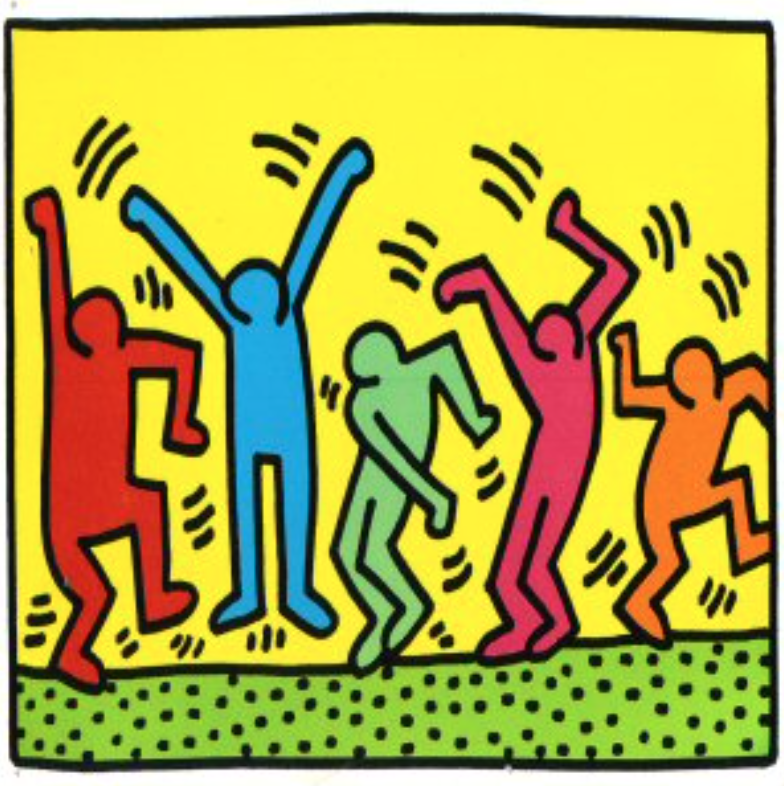
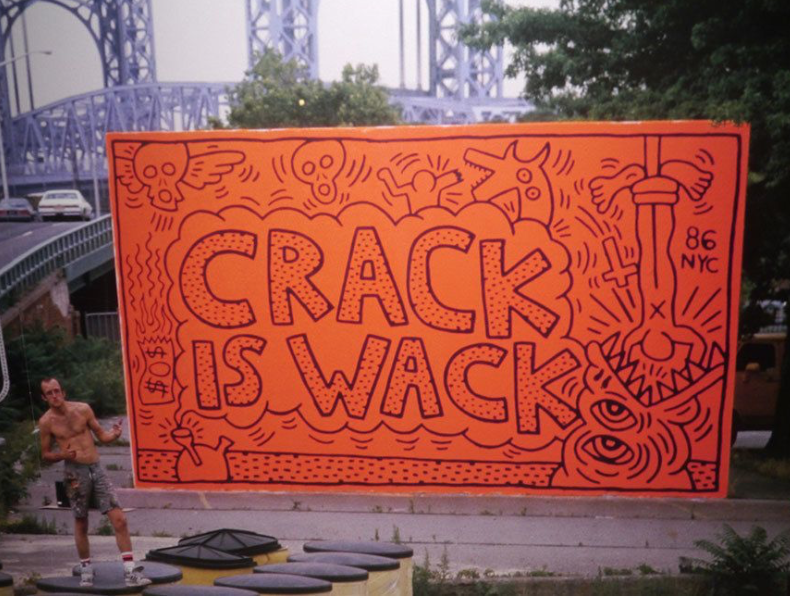


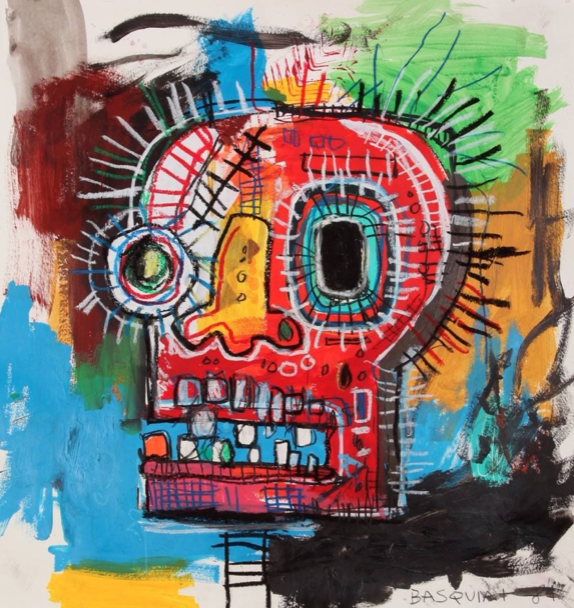

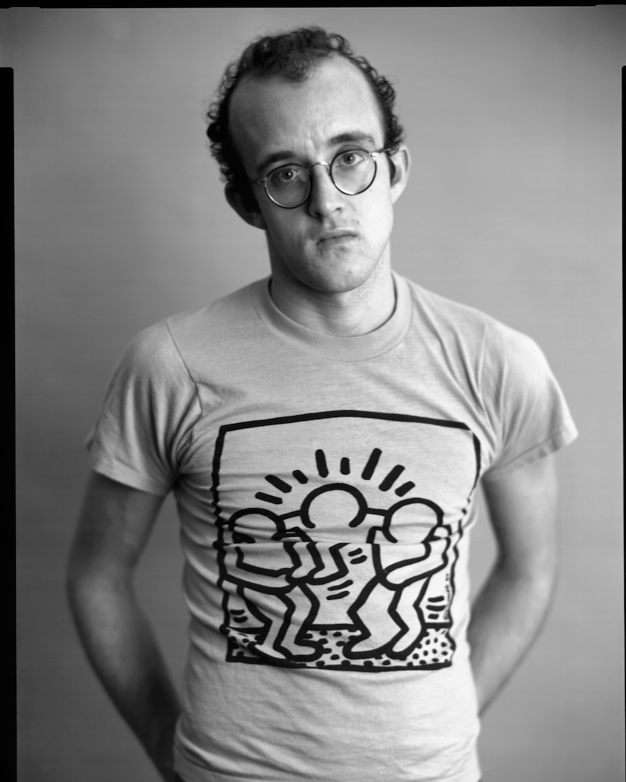


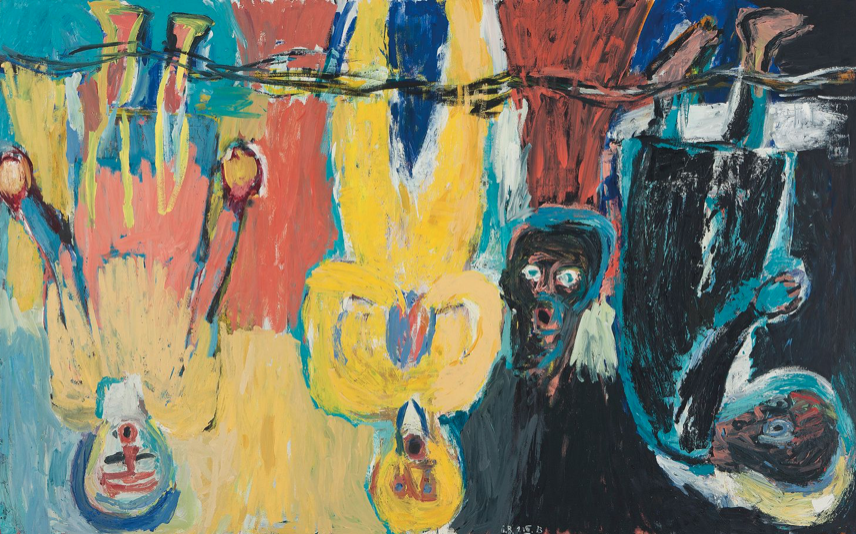

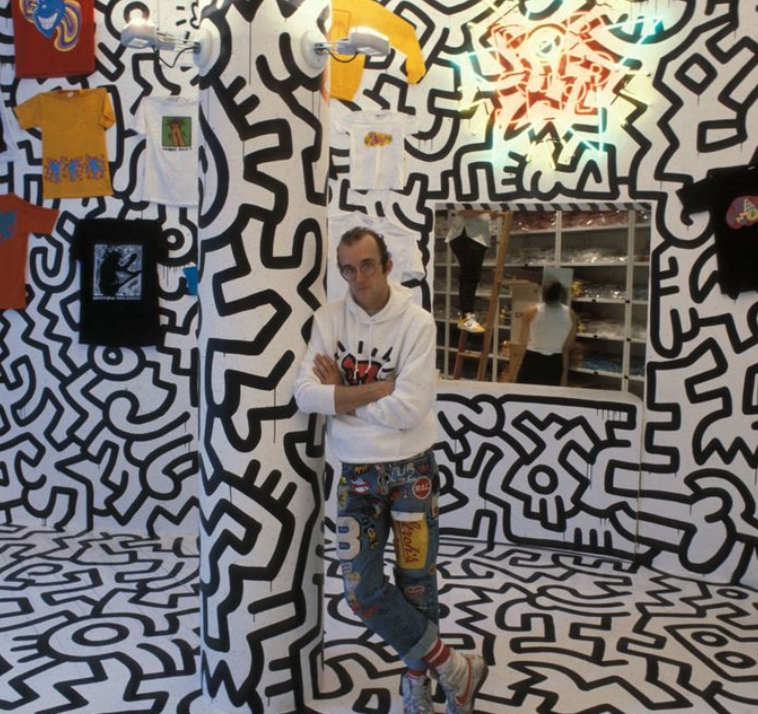
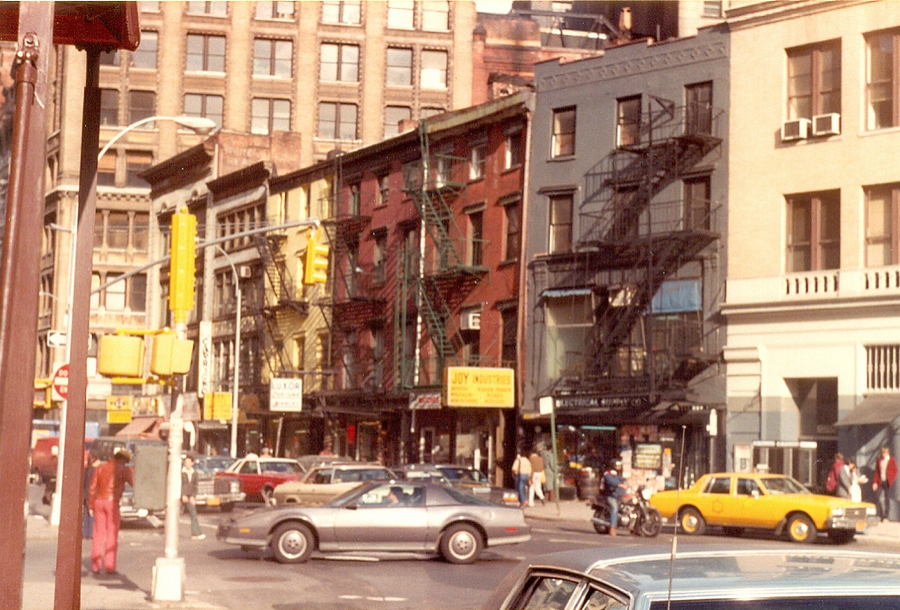
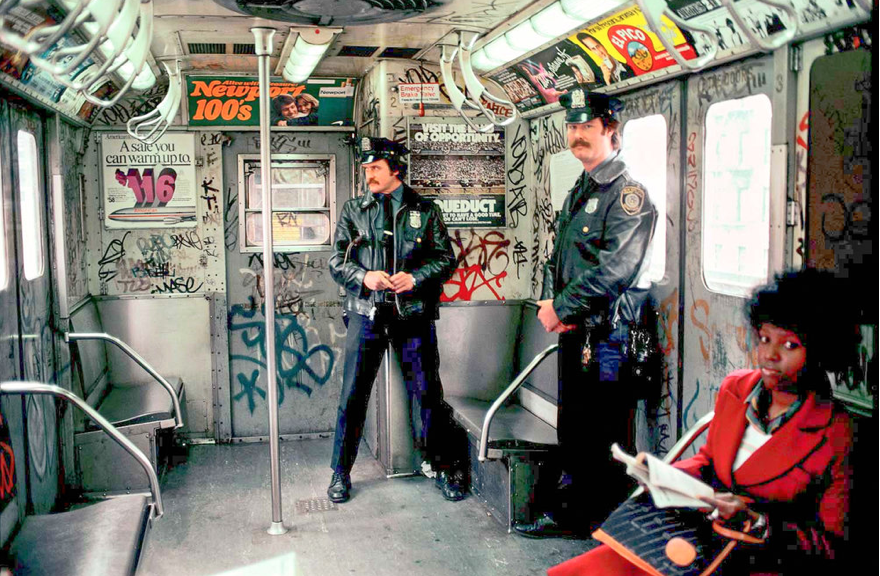

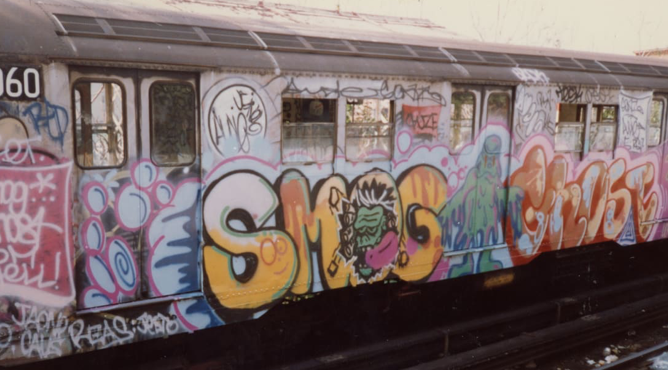
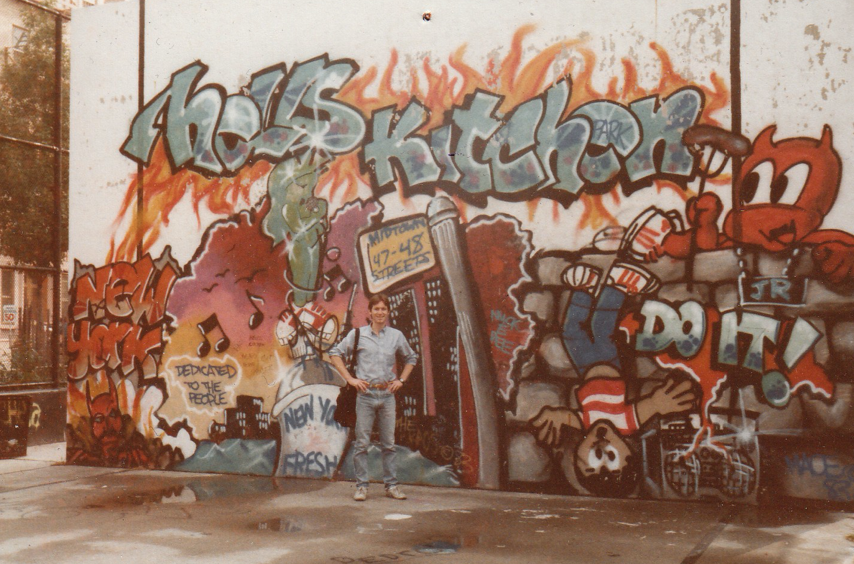
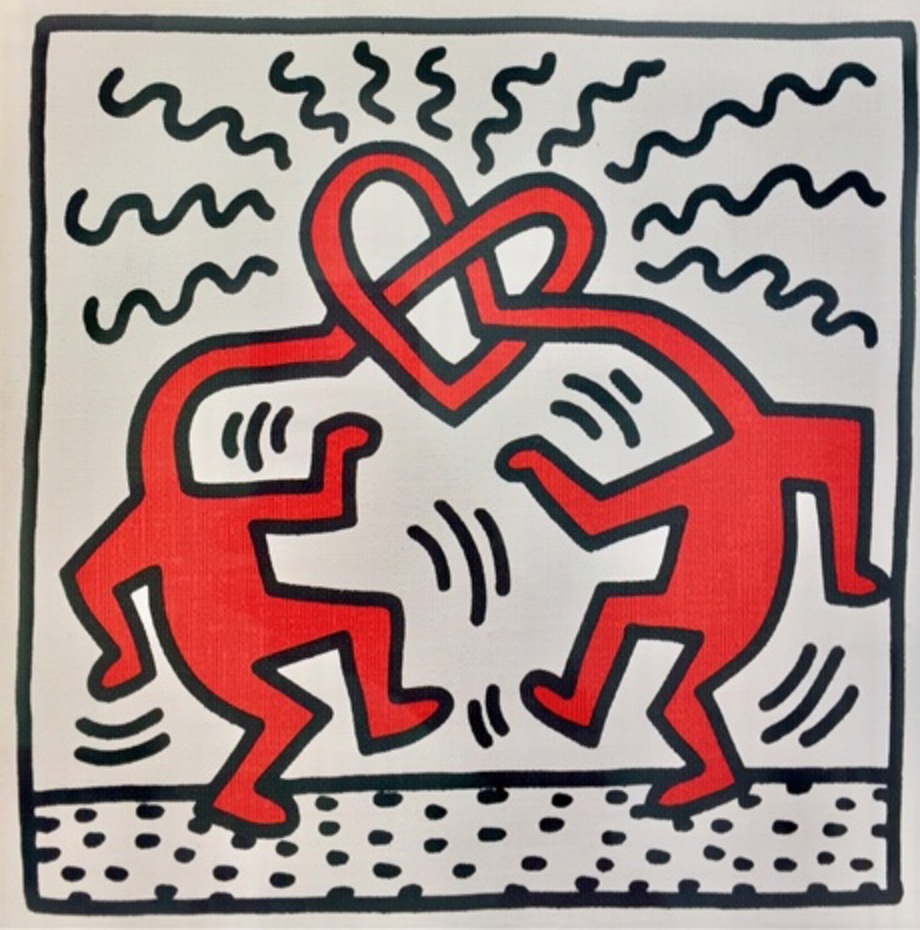


All media used is under fair use copyright law grounds
